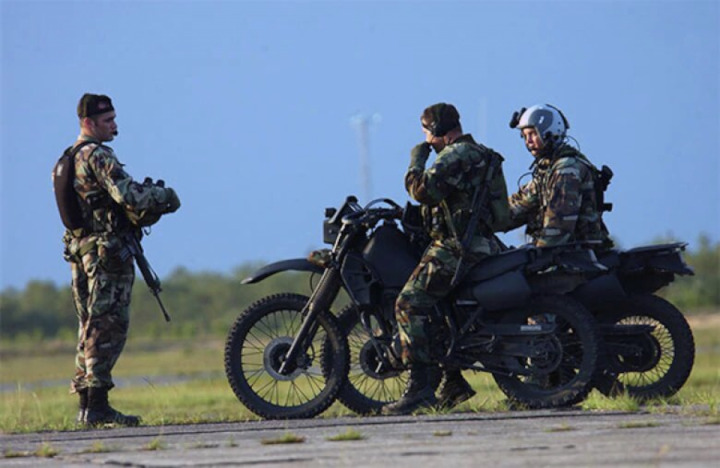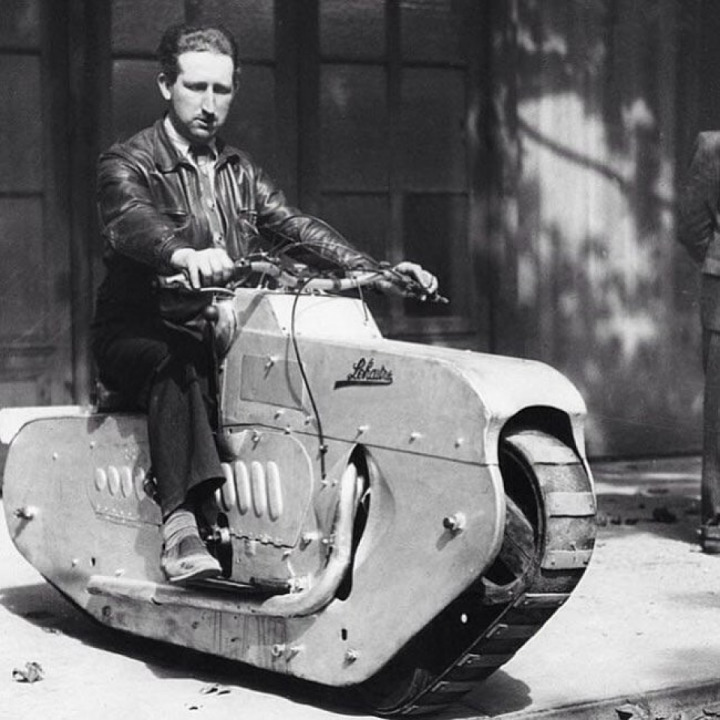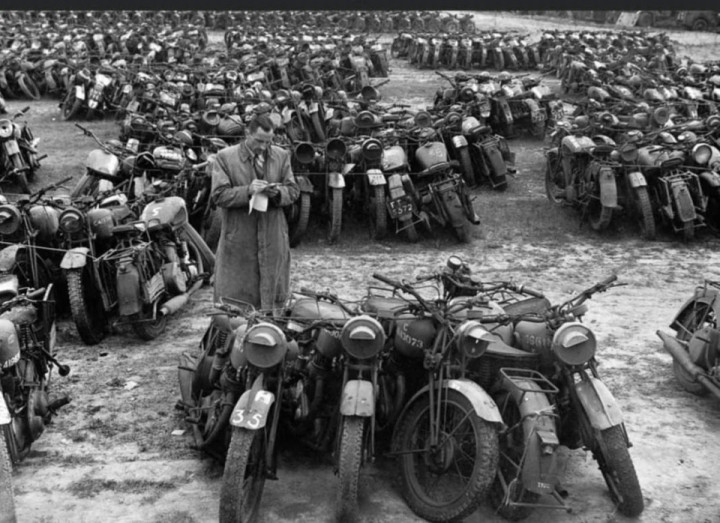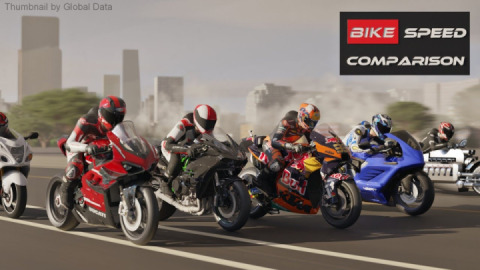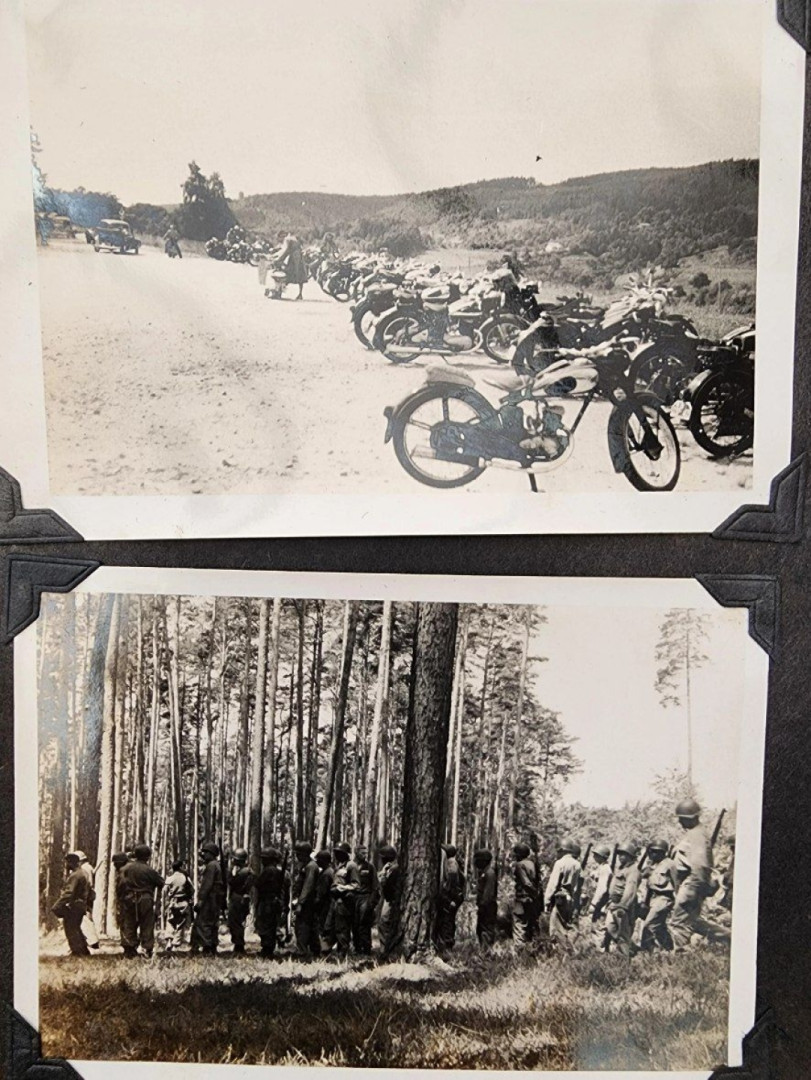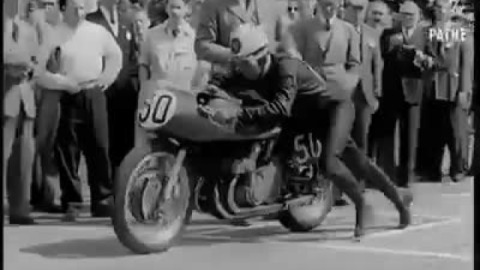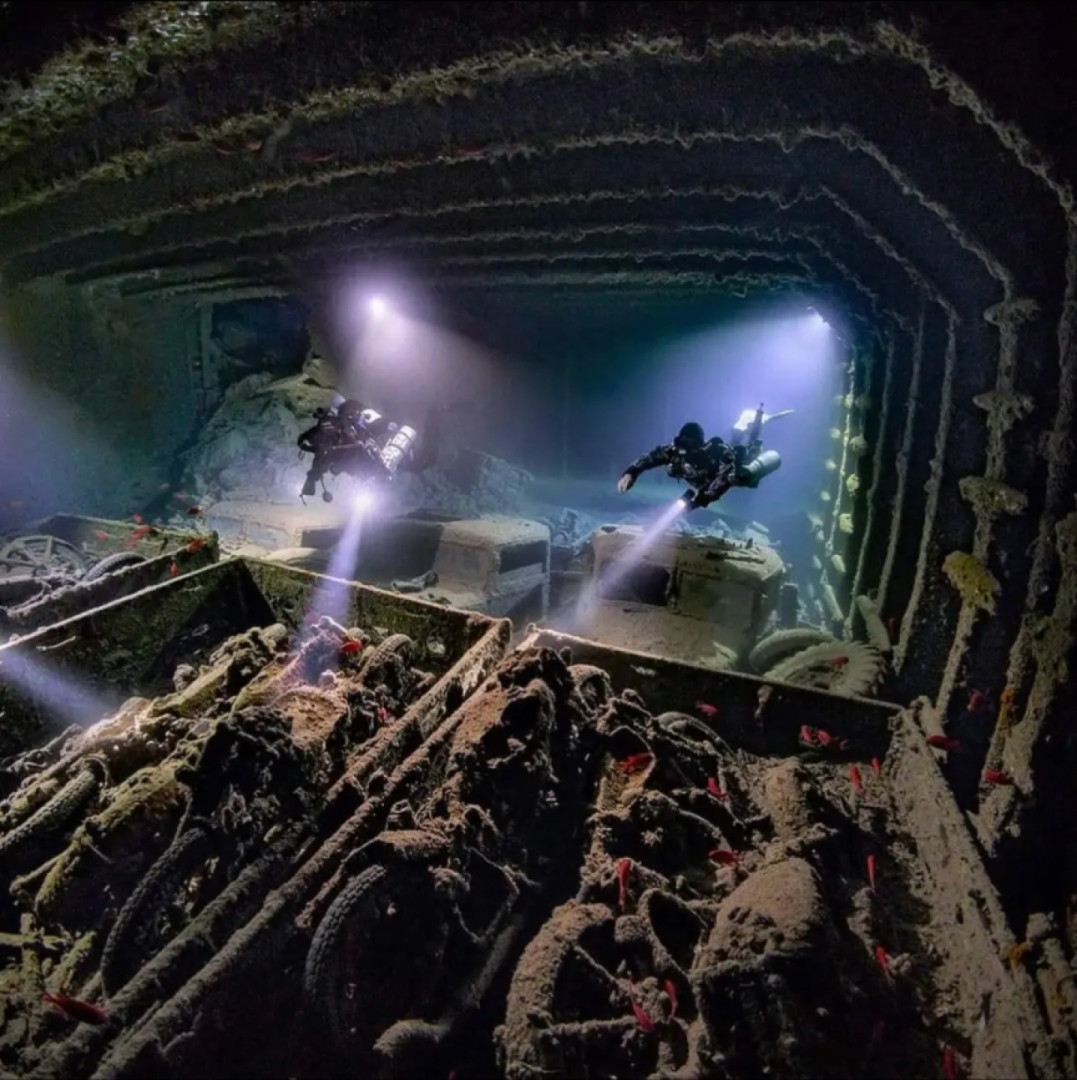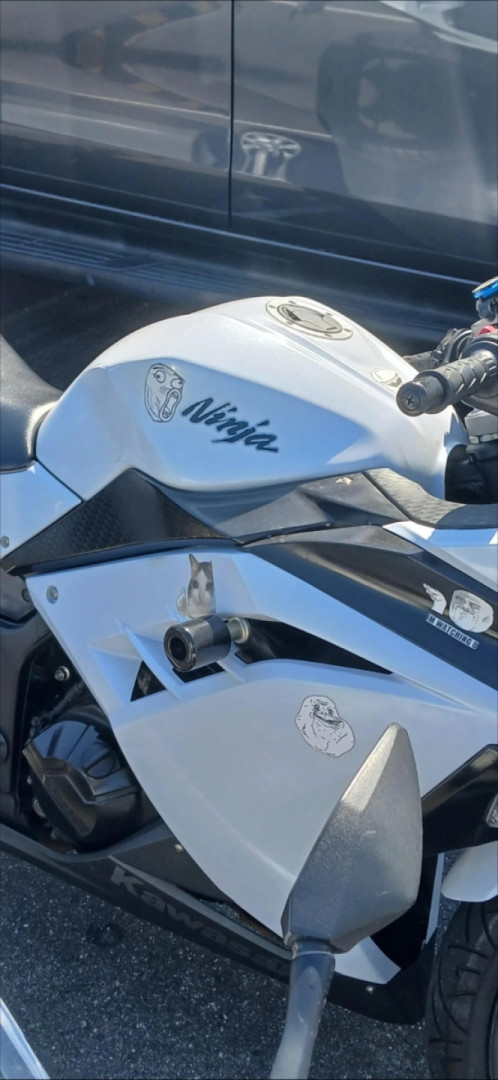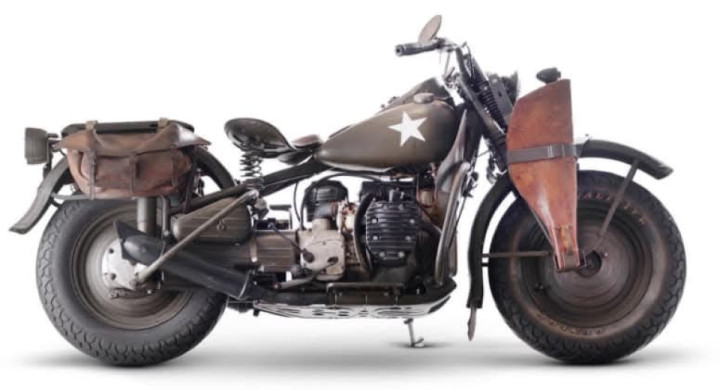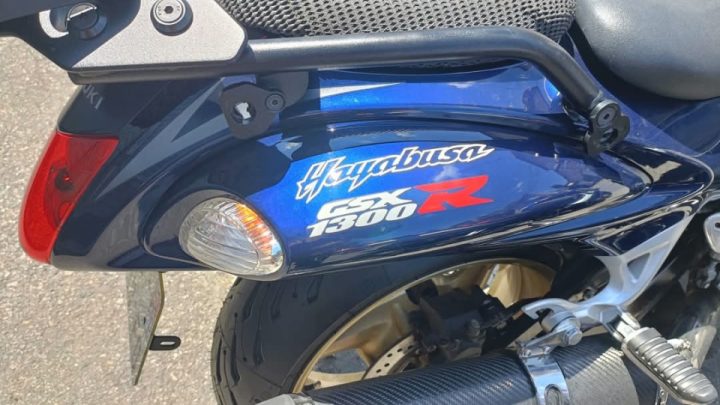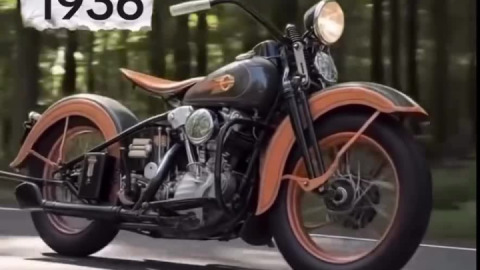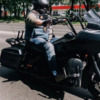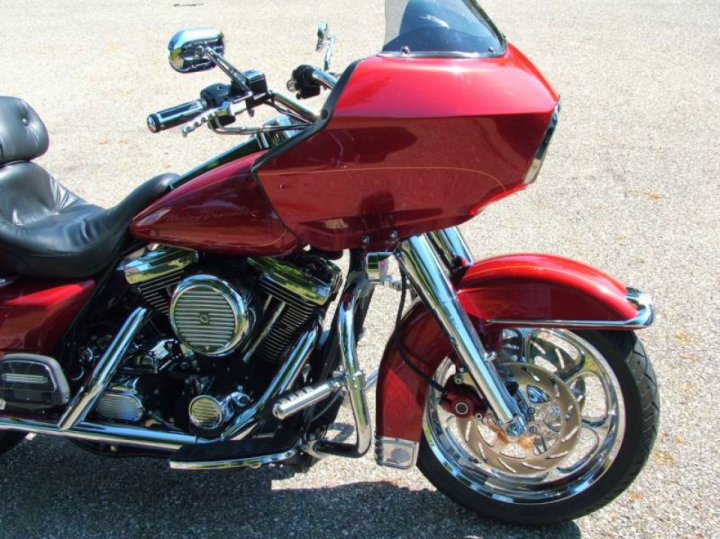The most unusual military motorcycles in history
Self-propelled two-wheeled vehicles appeared in the 60s of the XIX century, initially they were installed on a steam engine. These were the most distant ancestors of modern motorcycles. The first motorcycle with an internal combustion engine was built by German engineers Wilhelm Maybach and Gottlieb Daimler in 1885. Both engineers are the founding fathers of two major automobile brands that are known all over the world today. Gradually, motorcycles developed, improved, and by the beginning of the First World War reached a level that attracted the attention of the military of many countries.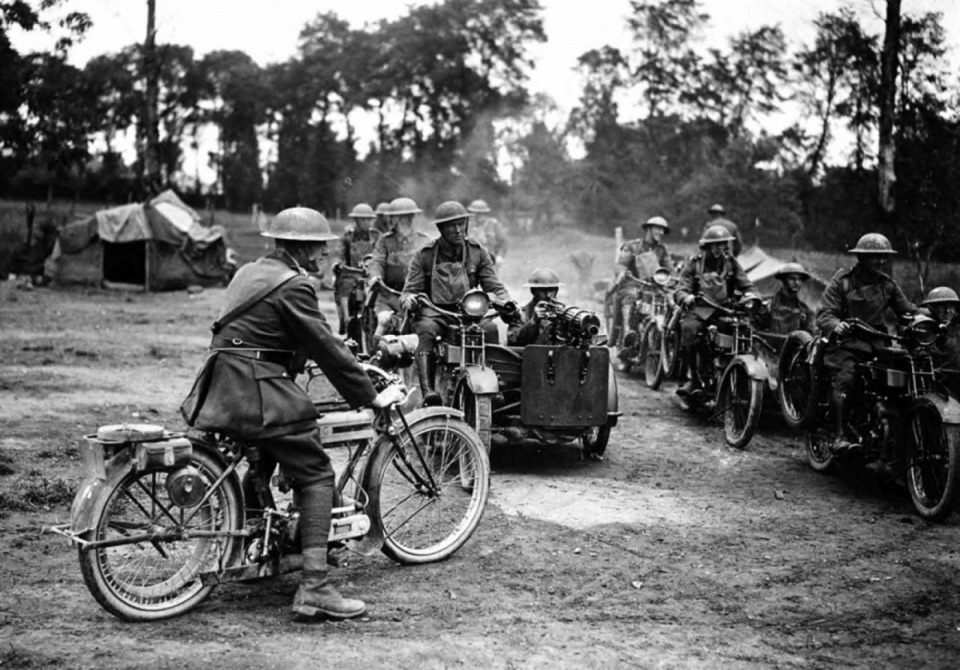
I want to note that before the First World War, the horse remained the main means of transportation in all armies. Horses were used in the armies in huge numbers, and they required daily care, they needed to be fed and watered. For example, in the Russian Imperial Army in 1916, 50 percent of all food cargo was horse feed: oats, hay, feed straw. These were millions of pounds of cargo, which were not only very heavy but also took up a lot of space. The advent of mechanized vehicles greatly simplified logistics, and they could not be treated as a living being.
Motorcycles especially attracted the infantry, signalmen and messengers. During the First World War, motorcycles began to be used quite massively. They were used for courier communication, reconnaissance of the area, as a means of rapid transportation of small goods, and in some cases as combat vehicles. Over time, weapons, small armor, and camouflage paint began to appear on motorcycles. By the beginning of the Second World War, motorcycles were already used en masse by all the armies of the world. Over time, designers began to offer unusual designs of combat motorcycles, up to armored monsters. I have collected some photos and will show you some interesting specimens
Armored motorcycle projects
The idea to equip a motorcycle with a machine gun and minimal armor was proposed by Frederick Richard Simms in 1898. This man also founded the entire automotive industry in Great Britain. The project he created was something like a motorized wheelchair with a machine gun on board, which was covered with an armored shield. In modern terminology, his invention would be called an ATV. He put a 7.62 mm Maxim machine gun on it. A notable feature of the development, called Motor Scout, was that, if necessary, the driver-shooter could switch exclusively to pedal traction.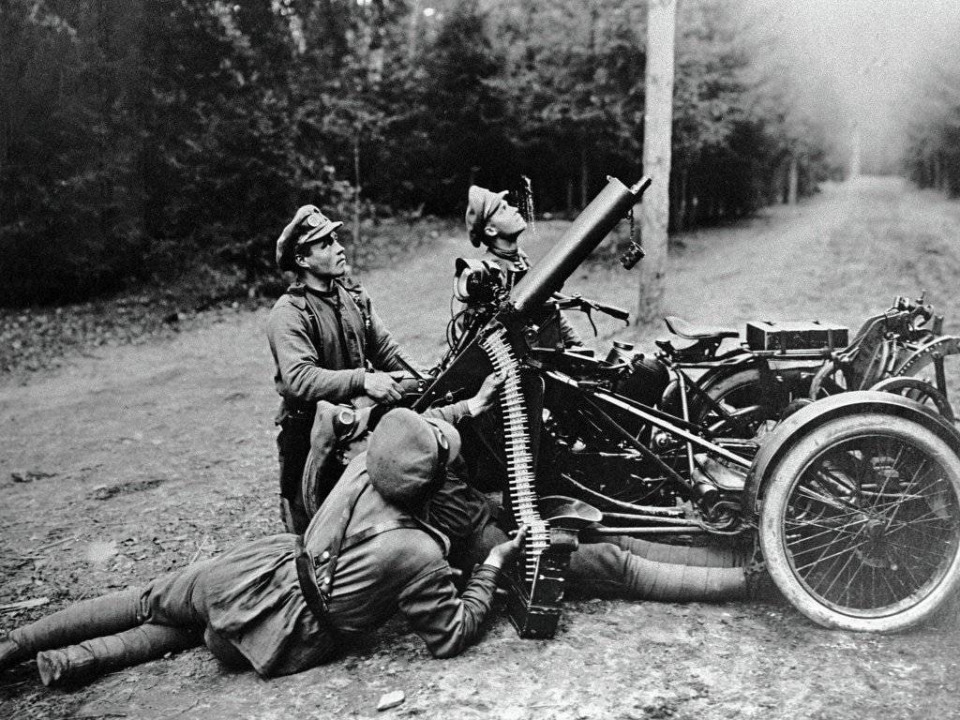
In the First World War, motorcycles began to be massively equipped with weapons. In the armies of many countries, there were models with machine guns in a wheelchair, which was covered in front with an armored shield. At the same time, the Russian Imperial Army also designed a self-propelled anti-aircraft installation based on a motorcycle. This model did not have a reservation. At the same time, a standard Maxim machine gun was placed in the carriage on the installation for conducting anti-aeroplane fire.
After the end of the First World War, one of the most powerful and heavy motorcycles with a sidecar – the American Harley Davidson-became the base for creating armored bikes for many years. In the United States, back in the 1930s, the police wanted to get motorcycles with reservations. Apparently, the need to resist the gangsters, who received numerous Thompson submachine guns at their disposal, affected them. In fact, these motorcycles were the usual versions of "Harleys" with a sidecar, which were mounted on the front of the armor plates with insets made of bulletproof glass. The shields were similar to those used today by special forces soldiers in storming and freeing hostages.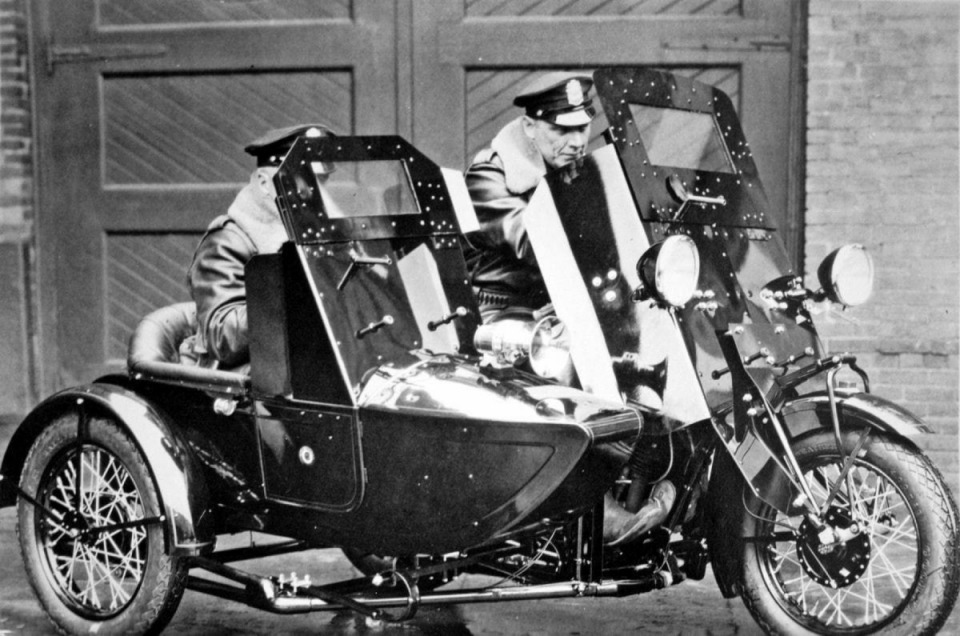
Much more advanced versions of armored bikes were designed in Europe in the 1930s. The military of Belgium and Denmark considered the possibility of using such equipment in a combat situation. So the famous Belgian company FN (Fabrique Nationale) in 1935 created an armored bike for the Belgian army, which received the designation FN M86. The model for the armed forces received an engine boosted to 600 cc and a reinforced frame. However, even such an engine, which produced 20 hp, gave up before the additional booking, the weight of which reached 175 kg. The driver was covered in front with a massive armor plate, which had a window. In a combat situation, the window was closed and you could follow the road through the viewing slot. The shooter in the wheelchair was protected by armor on three sides.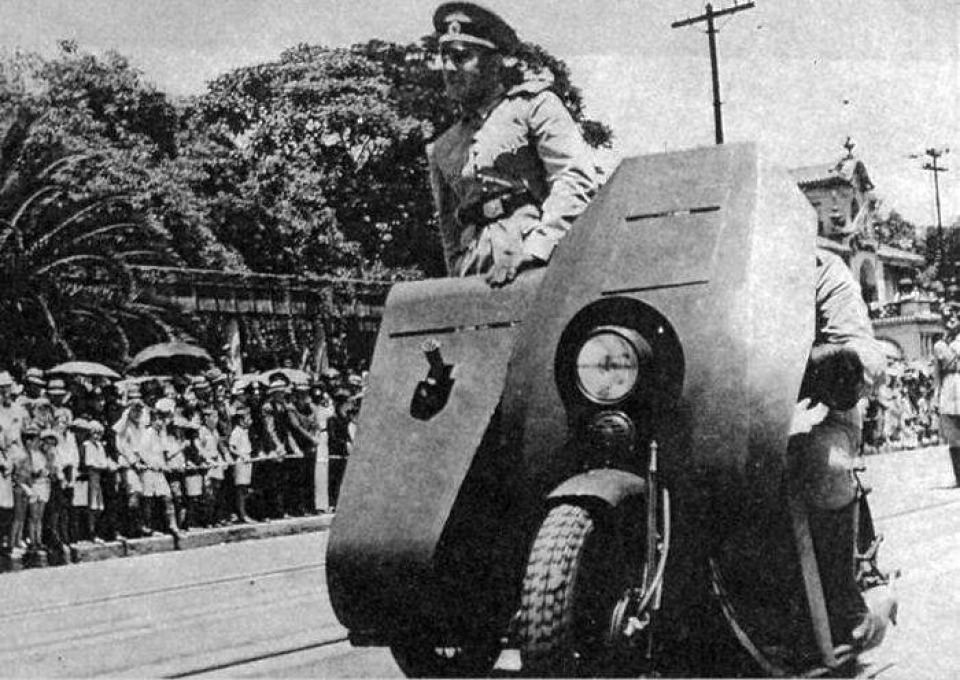
Military driving capabilities of the motorcycle did not satisfy. The speed and maneuverability of the heavy machine left much to be desired. However, the company FN was waiting for success in the international market. The model was sold to the Brazilian police under the designation Armoured Moto FN M86. Both built motorcycles, as well as all the technical documentation for their release, went to Brazil. At the same time, other Latin American countries, as well as Romania and Yemen, later purchased such armored bikes. However, all the parties were small, only about 100 similar motorcycles were produced.
Engineers of the Swedish company Landsverk, who built the Landsverk 210 armored bike for the Danish army. The model was created in 1932 on the basis of a Harley Davidson VSC/LC motorcycle. On this model, the driver was covered with armor not only from the front, but also from the back, and also partially from the side. At the same time, the armor protected the motorcycle itself, all important components and assemblies, and partially covered even the wheels. In Denmark, the model was called FP.3 (Førsøkspanser 3). However, the military model was not impressed, it was very difficult to drive a motorcycle, and at speed it skidded heavily. The powerful 1200 cc engine, which developed up to 30 hp, did not save the situation, since the mass of armor and weapons placed on the model exceeded 700 kg.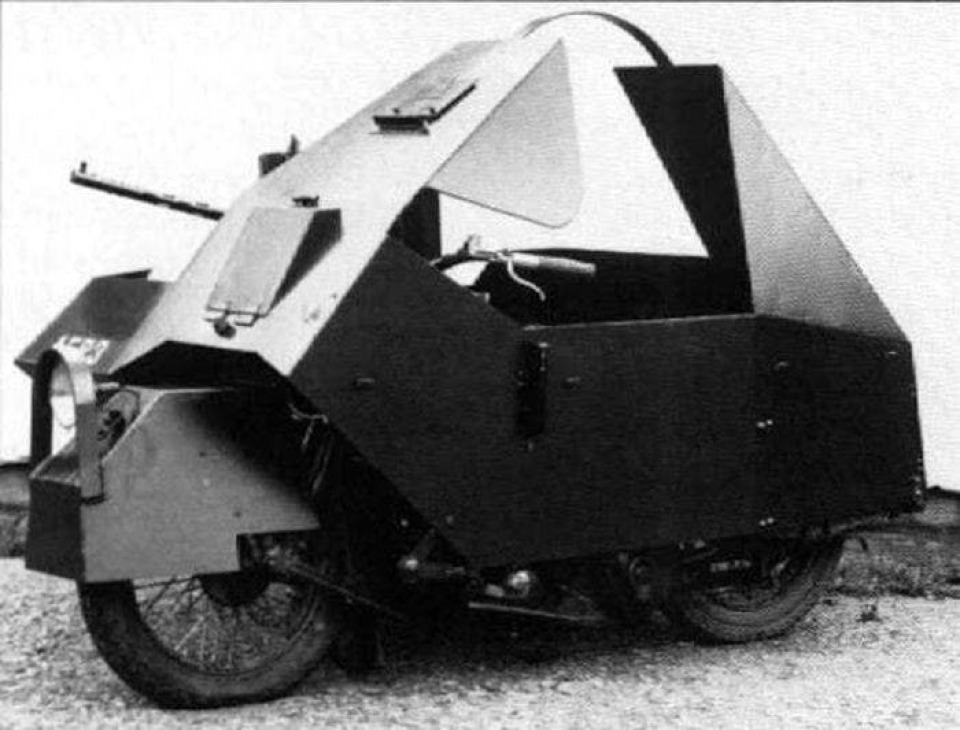
Grokhovsky Armored bike
In the interwar period, the Soviet designer and engineer Pavel Ignatievich Grokhovsky proposed his own project for a combat armored motorcycle or simply an armored bike. Pavel Grokhovsky was primarily an aircraft designer and worked in the interests of the newly emerging airborne troops. He was not a pioneer in the creation of an armored bike, such ideas in the 1930s were massively considered by the military of many countries. The designers offered numerous variants of single-seat armored vehicles, as well as armored models of motorcycles with sidecars and machine-gun weapons. From the developments of foreign designers, the Grokhovsky armored bike was distinguished primarily by the presence of a full-fledged armored hull that protected the soldier from all sides.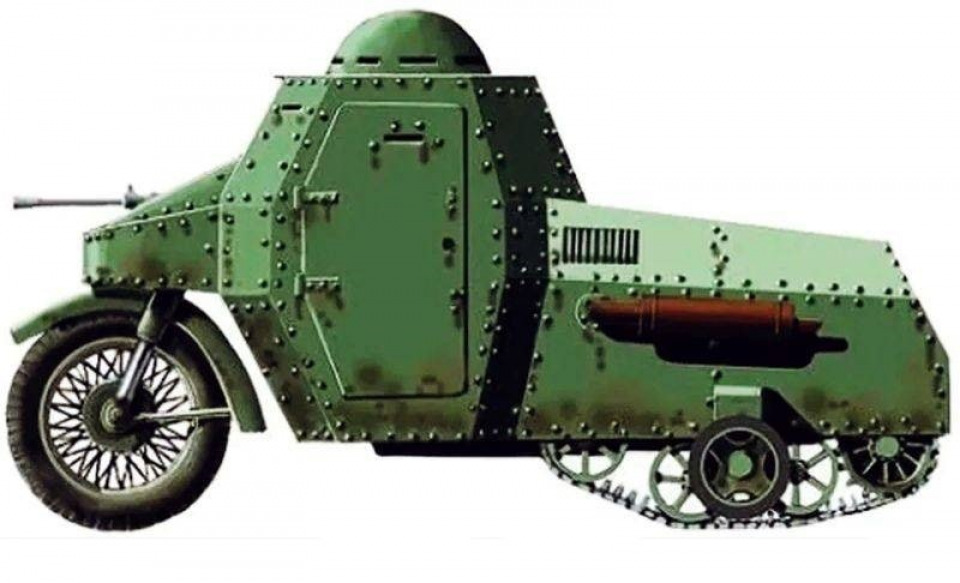
The Grokhovsky armored bike was a small single-seat armored car on a half-track chassis with a front rotary wheel of a motorcycle type. The crawler mechanism was distinguished by the presence of only one belt, as well as two support wheels of small diameter on the sides. The armor is light, providing protection for the fighter and the vehicle components from small arms fire and small fragments. The armored hull covered the entire motorcycle. The driver of the armored bike simultaneously performed the role of the shooter, firing from a course machine gun mounted in the frontal sheet of the hull. The driver's seat was located in a closed armored cab at the front of the car, followed by the engine and transmission compartment. To observe the terrain, the driver used viewing slits in the body of the car, as well as a hemispherical turret on the roof of the body.
Grokhovsky's armored bike was worked out in detail, but the project did not interest the military, so it was never implemented. It is a pity, considering that its own version of the half-track motorcycle appeared and was widely used by Germany during the Second World War, however, it was an option without armor, which proved to be an effective light tractor-transporter. At the same time, like the Grokhovsky armored bike, the German SdKfz 2 was created primarily for airborne forces.
Half-track motorcycle SdKfz 2
One of the most interesting, and most importantly effective and popular examples of unusual combat motorcycles is rightfully considered the German half-track motorcycle SdKfz 2. This model became one of the heroes of the Hollywood movie "Save Private Ryan". From 1940 to 1945, 8871 such motorcycles were assembled in Germany, and after the end of the war, about 550 more cars were built from the existing stock.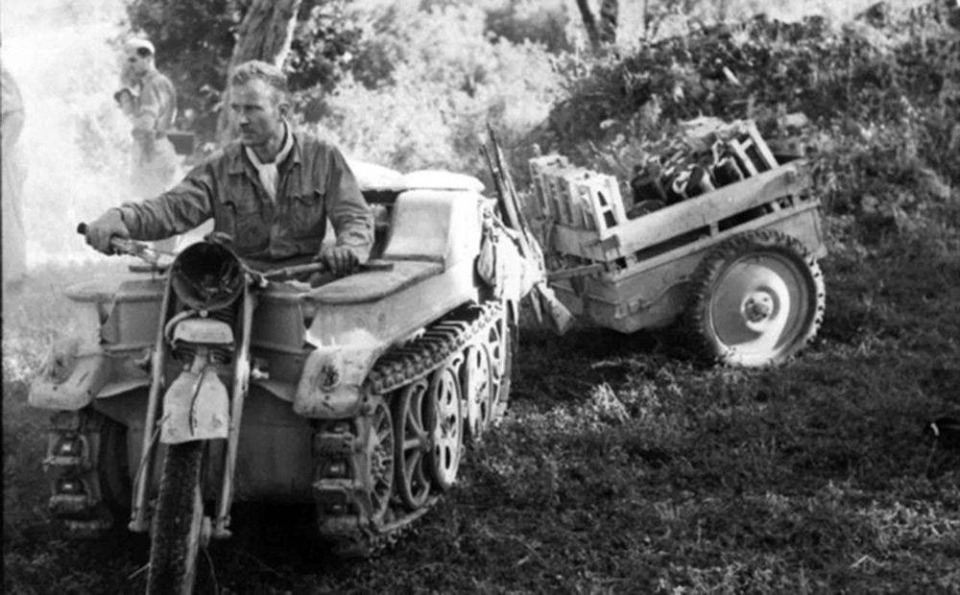
This model was developed as a transporter and a semi-tracked tractor for parachute and mountain ranger units. The car was planned to be used as a light artillery tractor. At the same time, the undeniable advantage was that the motorcycle could be easily transported directly on board the main German military transport aircraft Ju-52. During the war, the semi-tracked motorcycle was used in all parts of the German army. It was usually used to transport light artillery pieces: mountain and anti-aircraft guns, small-caliber mortars, and various trailers. Also, the SdKfz 2 could be used as a cable plotter and even an aircraft tow truck at airfields.
An interesting fact is that one of the factory delivery options was mounted armor, after installing which a half-track motorcycle turned into a combat reconnaissance vehicle armed with a machine gun. However, such a modification significantly increased the weight of the motorcycle, which negatively affected the speed characteristics and cross-country ability of the SdKfz 2. In the usual version, the SdKfz 2 half-track motorcycle could travel over rough terrain at speeds of up to 40 km / h, and on the highway it gave out 62 km / h. At the same time, the standard load capacity of the model was 350 kg, the crew-up to three people.
Anti-tank scooter
One of the craziest projects in the history of military motor vehicles can be called the French anti-tank scooter Vespa 150 TAP. The model was built in series and was manufactured in commercial quantities-from 500 to 800 pieces. The unusual scooter was specially developed for the French paratroopers-paratroopers and was a carrier of the 75-mm recoilless gun M20 of American production.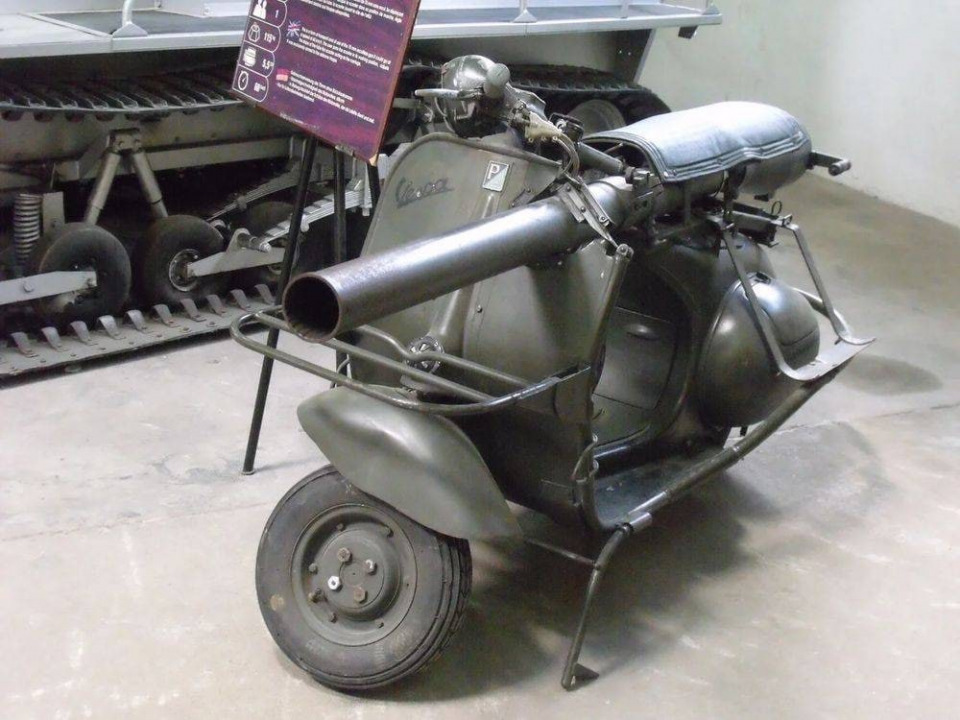
When creating this model, the designers took as a basis the Italian Vespa scooter with a single-cylinder two-stroke gasoline engine. The main advantage of this solution was mobility, the speed of the scooter on paved roads reached up to 66 km / h. At the same time, its frame withstood the weight of the American M20 recoilless gun, which, although not the crown of creation, still penetrated 100 mm of armor with the help of shaped-charge shells.
It was supposed to use such combat scooters in pairs. On one was attached a gun, on the other were transported shells to it. Two paratroopers, had to effectively fight with light armored vehicles of the enemy. For firing, the gun from the scooter, of course, was removed and placed on a machine that resembled the machine for the M1917 Browning machine gun. At the same time, in an emergency, it was possible to shoot directly from the scooter, however, the accuracy of shooting was not great.
Thanks to everyone who read, I will write about other models next time, but here are more photos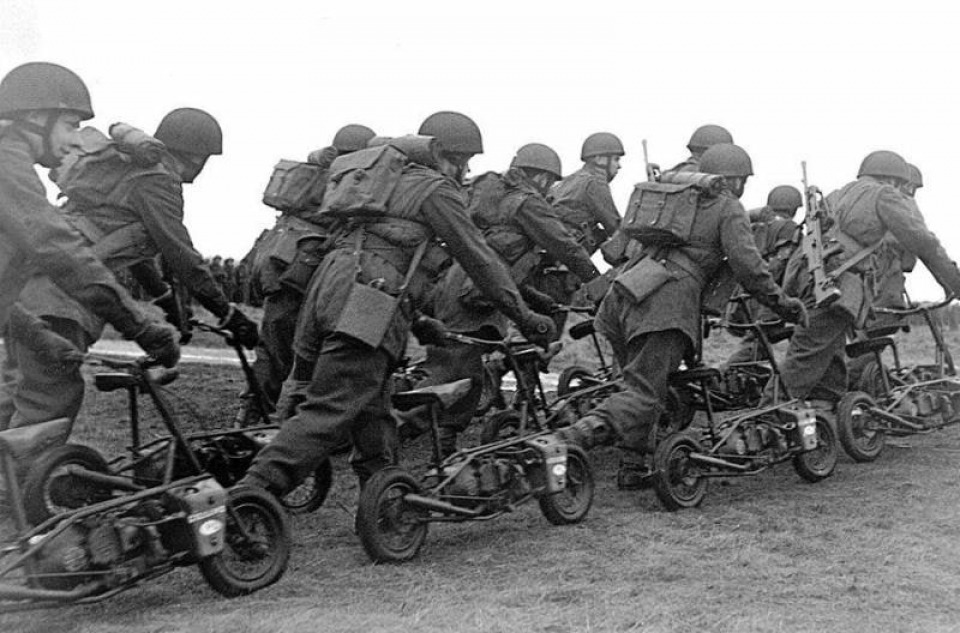
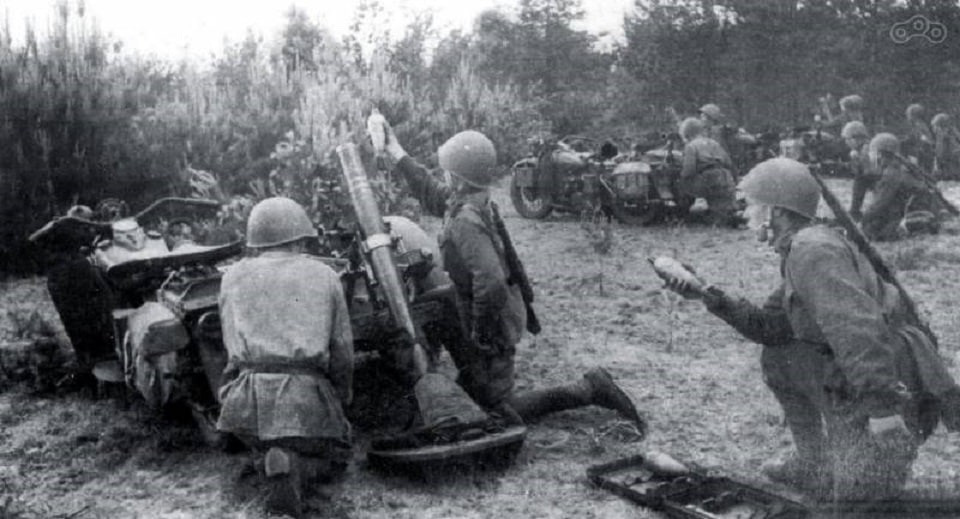

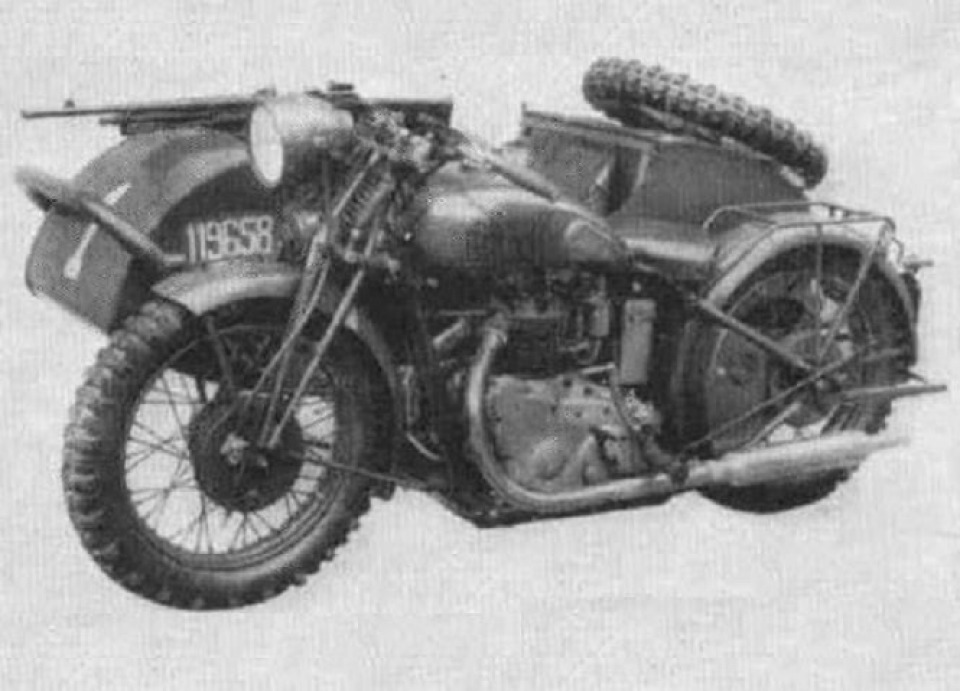
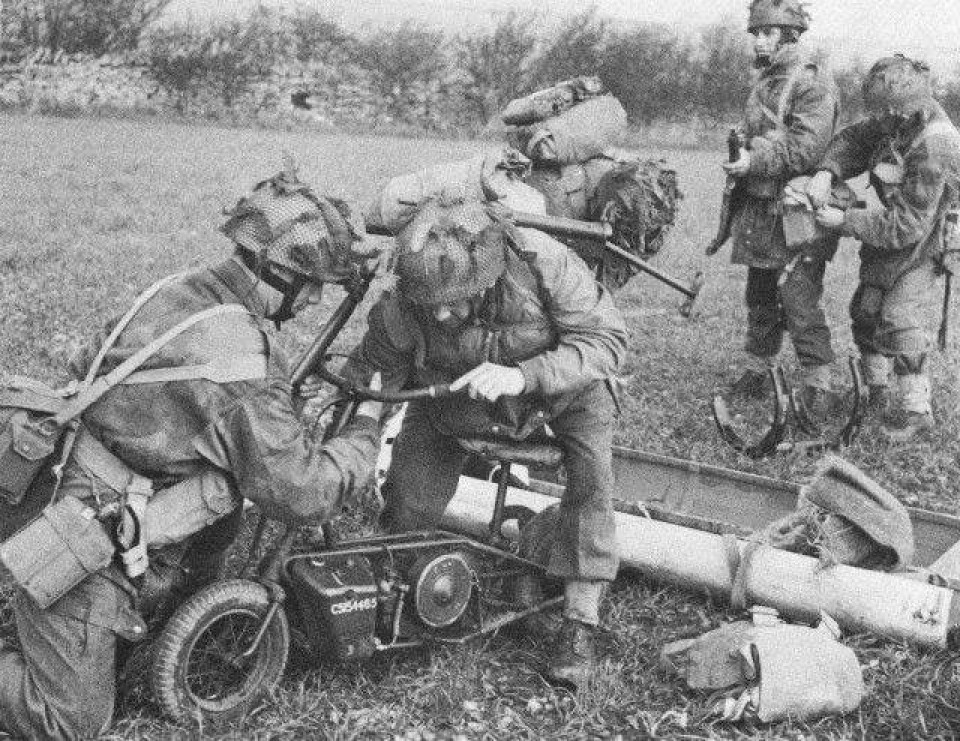
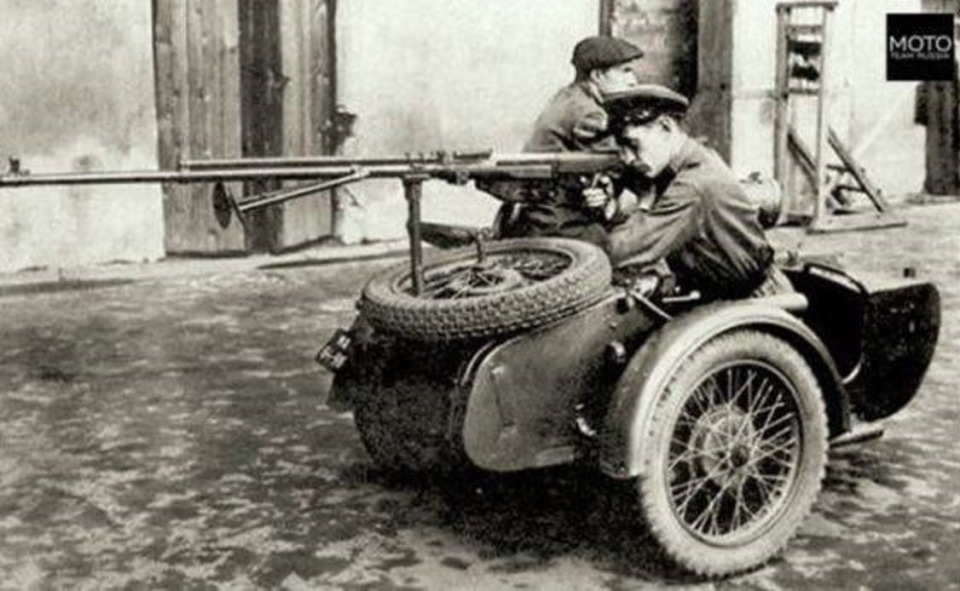
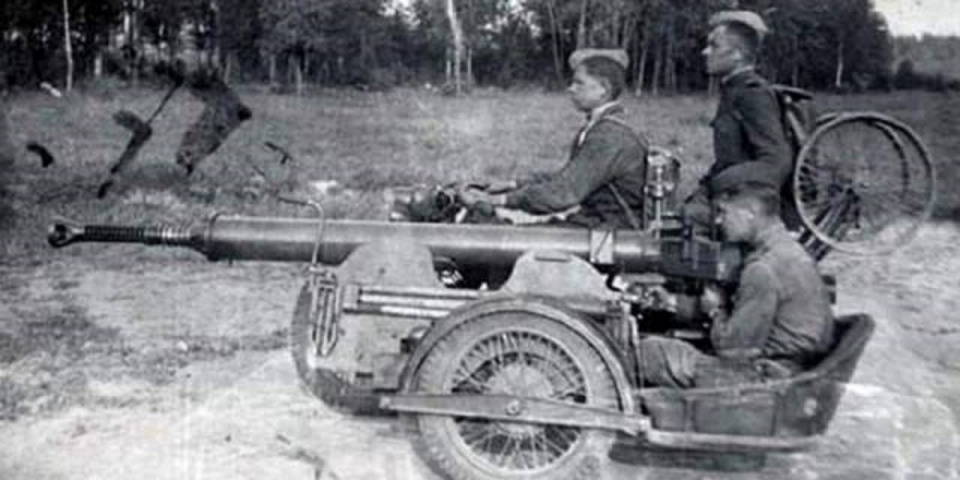
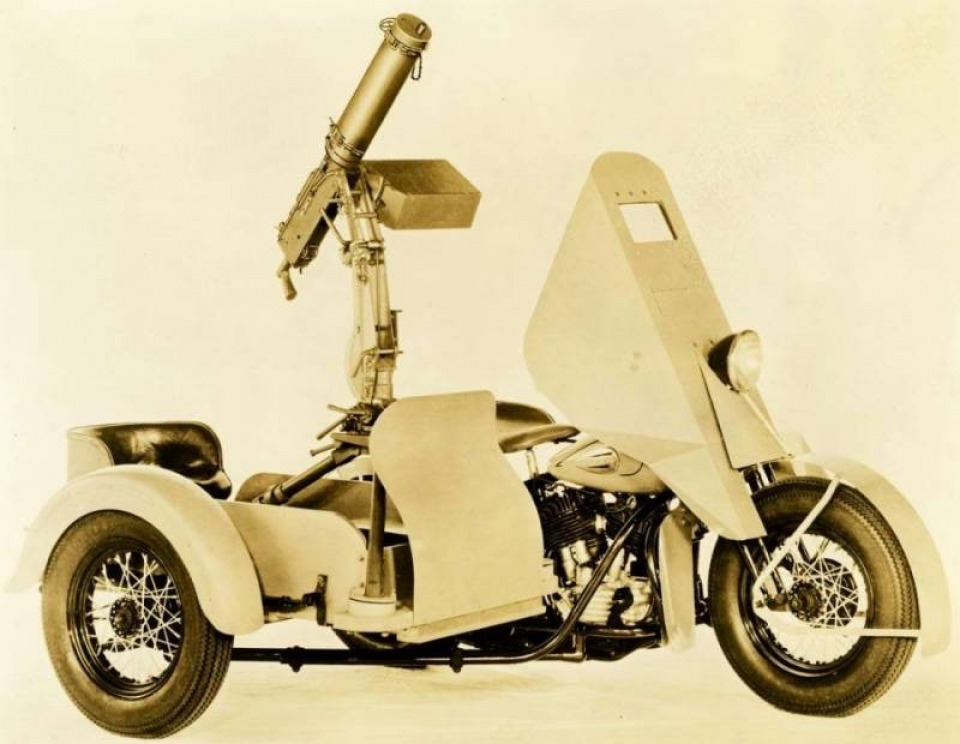

 Follow
6K
Follow
6K

